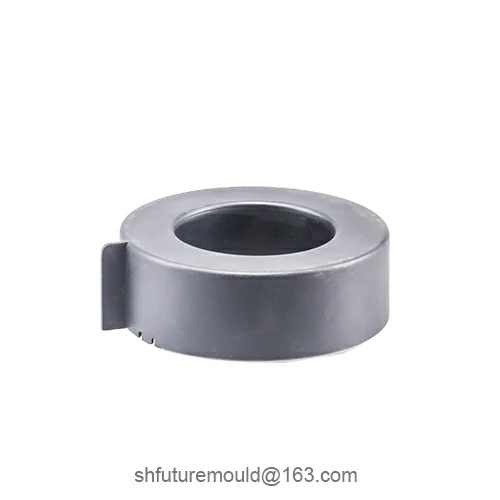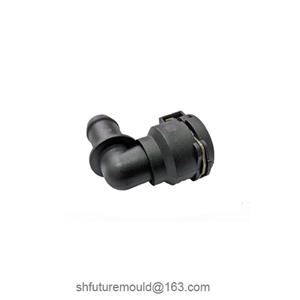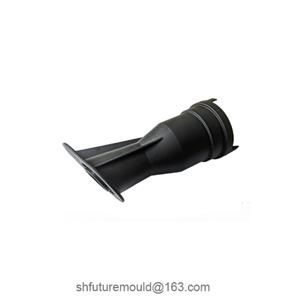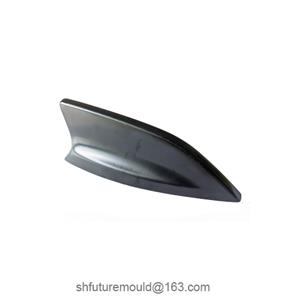Main Factors Affecting Mold Shrinkage Rate
Mold shrinkage rate refers to the percentage of dimensional contraction in plastic products after removal from the mold, caused by cooling and internal stress release.
Material Factors
1. Plastic Type
Different molecular structures and crystallization properties of plastics lead to significant shrinkage variations:
Crystalline plastics (e.g., PP, PE, PA) exhibit higher shrinkage rates.
Amorphous plastics (e.g., ABS, PC, PMMA) show lower shrinkage rates.
2. Reinforcements
Additives like glass fibers, carbon fibers, or talc powder significantly reduce shrinkage and improve dimensional stability. Higher filler content correlates with lower shrinkage.
3. Moisture Content
Insufficient drying of hygroscopic materials (e.g., PA) before molding affects crystallinity and dimensional stability.
Mold Structural Factors
1. Mold Temperature
Higher mold temperatures prolong cooling time and increase shrinkage, particularly for crystalline materials (enhanced crystallization at elevated temperatures).
2. Mold Dimensions and Precision
Cavity design must incorporate shrinkage compensation to achieve target product dimensions.
3. Gate Location and Design
Areas near gates cool faster with minimal shrinkage.
Gate types (pin gate, edge gate, submarine gate) influence material flow direction and cooling rates.
Process Parameters
1. Injection Pressure
Higher pressure improves material packing and molecular alignment, reducing shrinkage.
2. Injection Speed
Faster injection minimizes pressure drop during cooling, aiding shrinkage control.
3. Holding Time
Adequate holding time enables material compensation to reduce shrinkage; insufficient time may cause voids or sink marks.
4. Cooling Time
Prolonged cooling enhances dimensional stability but reduces production efficiency.
Product Structural Factors
1. Wall Thickness
Thicker walls slow cooling and increase shrinkage.
Uneven wall thickness induces uneven shrinkage and warpage.
2. Geometry
Complex geometries or thin-walled regions are prone to deformation and warping, complicating overall shrinkage control.
- Injection Mold
- Automotive Injection Mold
- Electronics & Electrical Injection Mold
- Consumer Goods Injection Mold
- Airplane Components Injection Mold
- Medical Components Injection Mold
- Irrigation Components Injection Mold
- Injection Molds




